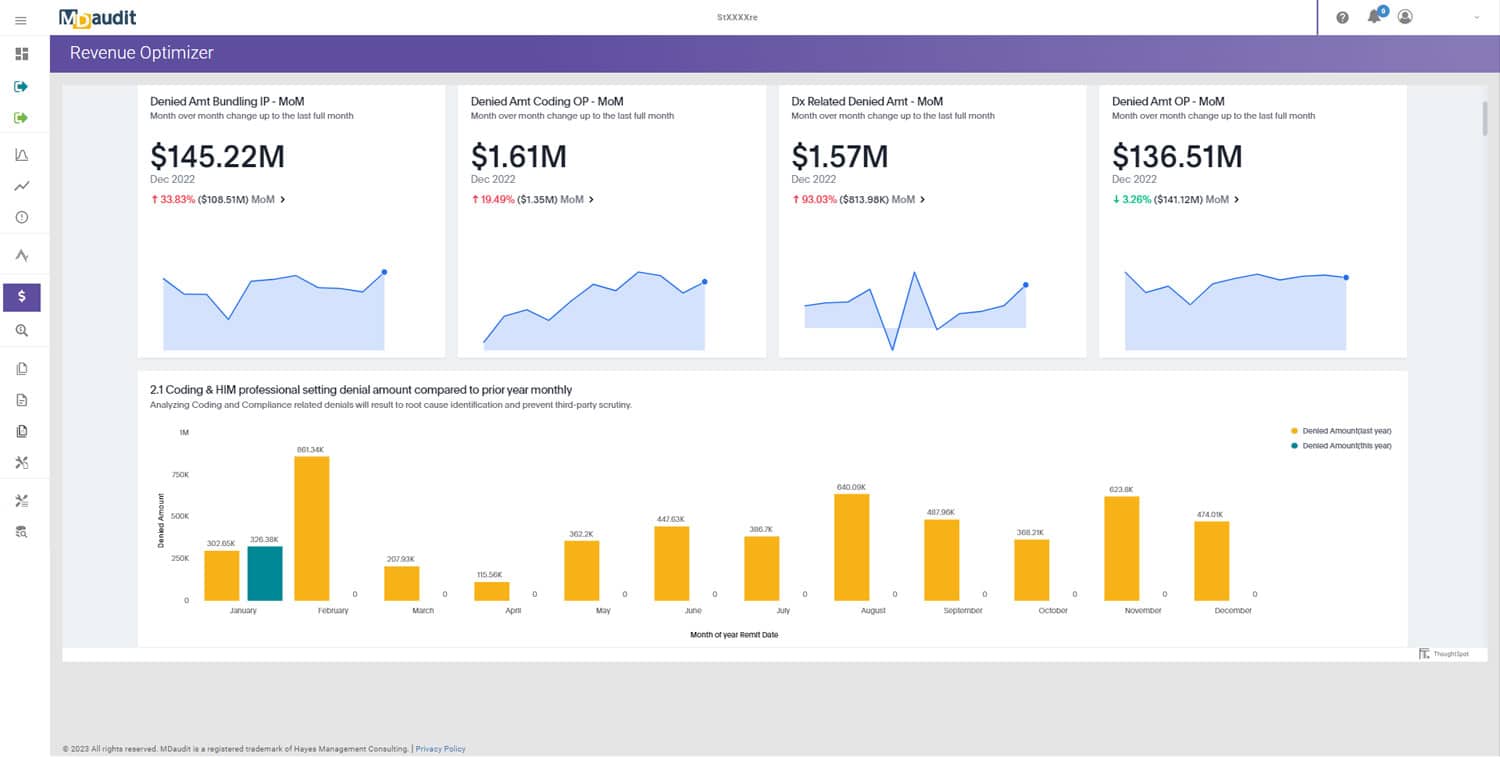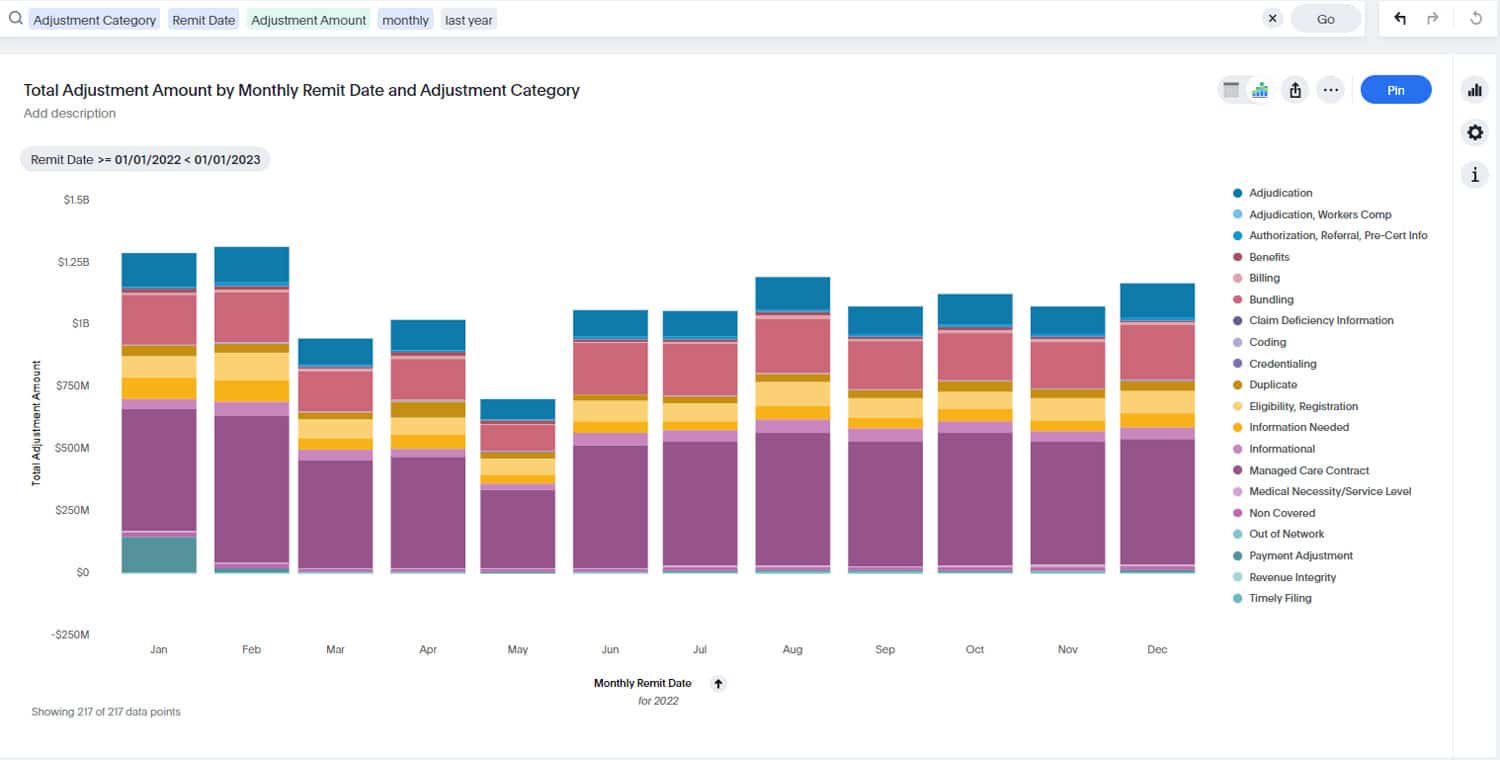A Must-Have Strategy to Prevent Medical Necessity Denials
Centers for Medicare and Medicaid Services (CMS) recently reported $633.8 million in projected improper payments for major hip and knee replacement alone, and 91.2% of these denials were due to medical necessity issues, one of the most avoidable and costly denials in healthcare reimbursement.
These numbers underscore an urgent reality for healthcare providers: the time to adopt prospective audits is now.
Defining Prospective Audits
What are prospective audits?
A prospective audit is a pre-bill audit that occurs before a claim is submitted to a payer. These audits focus on documentation accuracy, coding compliance, and—critically—medical necessity validation. By identifying errors before submission, prospective audits significantly reduce denial rates and improve overall revenue cycle performance.
In contrast, retrospective audits occur after a claim has been submitted or paid, when the damage may already have been done.
4 Reasons Why Prospective Audits Are Critical in 2025
Several forces are converging in 2025 that make a prospective auditing program essential for hospitals, health systems, and physician groups:
1. Soaring Denial Rates Linked to Medical Necessity
As noted above, according to CMS, 91.2% of denials were due to insufficient medical necessity documentation. This highlights a persistent gap in documentation that can be caught and corrected before claim submission.
2. Increased Payer Scrutiny and Audits
Payers, including Medicare Advantage (MA) and commercial plans, are intensifying their audit activity as seen in the recent aggressive roll out of MA audits by CMS. This increased oversight is overwhelmingly tied to medical necessity claims, particularly in high-volume services such as inpatient stays.
3. Strained Margins and Burnout
With rising operational costs and ongoing staffing shortages, healthcare organizations are struggling to keep up. Every preventable denial wastes time and drains resources. According to Kaufman Hall, nearly 40% of hospitals were operating in the red in May 2024.
4. Advanced Technology Makes It Easier Than Ever
Platforms like MDaudit allow healthcare teams to conduct risk-based, automated audits across inpatient and outpatient settings. This enables organizations to prioritize high-risk encounters and optimize limited compliance and coding resources, making prospective auditing scalable and efficient.
Benefits of a Prospective Auditing Program
Implementing a prospective audit strategy in 2025 offers measurable value:
- Reduce medical necessity denials
- Improve first-pass claim rates
- Accelerate reimbursements
- Avoid RAC and payer clawbacks
- Strengthen collaboration across coding, compliance, and clinical teams
A proactive audit strategy also creates a feedback loop for physician education, empowering clinical staff to document more clearly and accurately.
Making a Business Case
To secure leadership buy-in, it’s crucial to frame prospective audits not just as a compliance tool, but as a revenue protection strategy.
Here’s the message that resonates:
- $633.8 million in improper payments isn’t just a CMS stat—it’s potential lost revenue.
- 91% of medical necessity denials are preventable.
- AI-powered audit platforms streamline the process, removing the bottlenecks that slow down pre-bill reviews. However, they must keep humans in the loop to protect and train long-term integrity and accuracy.
- The investment in prospective auditing often pays for itself through denial avoidance and revenue recovery.
Achieving A Healthy Revenue Cycle
With medical necessity denials on the rise and payer scrutiny at an all-time high, prospective auditing is no longer optional. It’s a frontline defense that helps you:
- Protect revenue
- Maintain compliance
- Ensure clean claim submission
- Support documentation improvement
Prospective audits will be the foundation of a healthy, sustainable revenue cycle in 2025. Need help getting started? Learn more or contact us today.









